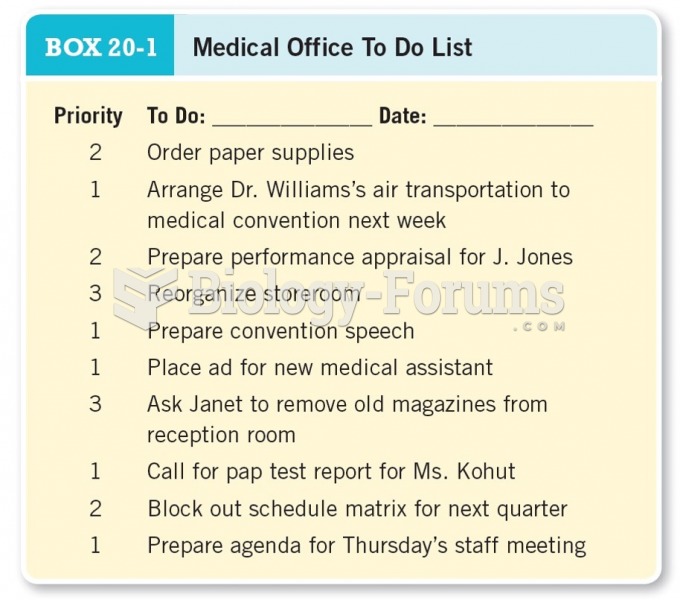Answer to Question 1
b
Answer to Question 2
1. The classification of total costs in 2013 into value-added, nonvalue-added, or in the gray area in between follows:
Value Gray Nonvalue- Total
Added Area added (4) =
(1) (2) (3) (1)+(2)+(3)
Doing calculations and preparing drawings
77 390,000 300,300 300,300
Checking calculations and drawings
3 390,000 11,700 11,700
Correcting errors found in drawings
8 390,000 31,200 31,200
Making changes in response to client
requests 5 390,000 19,500 19,500
Correcting errors to meet government
building code, 7 390,000 27,300 27,300
Total professional labor costs 319,800 11,700 58,500 390,000
Administrative and support costs at 44
(171,600 390,000) of professional
labor costs 140,712 5,148 25,740 171,600
Travel 15,000 15,000
Total 475,512 16,848 84,240 576,600
Doing calculations and responding to client requests for changes are value-added costs because customers perceive these costs as necessary for the service of preparing architectural drawings. Costs incurred on correcting errors in drawings and making changes because they were inconsistent with building codes are nonvalue-added costs. Customers do not perceive these costs as necessary and would be unwilling to pay for them. Calvert should seek to eliminate these costs by making sure that all associates are well-informed regarding building code requirements and by training associates to improve the quality of their drawings. Checking calculations and drawings is in the gray area (some, but not all, checking may be needed). There is room for disagreement on these classifications. For example, checking calculations may be regarded as value added.
2. The consequences of classifying a non-value-added cost as a value-added cost is that managers may hesitate to reduce these costs thinking that if they eliminate these costs it would reduce the value or utility (usefulness) customers experience from using the product or service. But if these costs are really non-value-added costs, mangers should try to reduce these costs because these costs support activities that customers do not value.
For these reasons, managers who are unsure if a cost is value-added or nonvalue-added, often classify costs as nonvalue-added. The nonvalue-added classification focuses organization attention on reducing these costs. The risk with this approach is that an organization may cut some costs that are value-adding, leading to poor customer experiences. Distinguishing value-added from nonvalue-added costs is valuable but also requires the exercise of careful judgment.
3. Reduction in professional labor-hours by
a. Correcting errors in drawings (8 7,500) 600 hours
b. Correcting errors to conform to building code (7 7,500) 525 hours
Total 1,125 hours
Cost savings in professional labor costs (1,125 hours 52) 58,500
Cost savings in variable administrative and support
costs (44 58,500) 25,740
Total cost savings 84,240
Current operating income in 2013 124,650
Add cost savings from eliminating errors 84,240
Operating income in 2013 if errors eliminated 208,890
4. Currently 85 7,500 hours = 6,375 hours are billed to clients generating revenues of 701,250. The remaining 15 of professional labor-hours (15 7,500 = 1,125 hours) is lost in making corrections. Calvert bills clients at the rate of 701,250 6,375 = 110 per professional labor-hour. If the 1,125 professional labor-hours currently not being billed to clients were billed to clients, Calvert's revenues would increase by 1,125 hours 110 = 123,750 from 701,250 to 825,000 (701,250 + 123,750).
Costs remain unchanged
Professional labor costs 390,000
Administrative and support (44 390,000) 171,600
Travel 15,000
Total costs 576,600
Calvert's operating income would be
Revenues 825,000
Total costs 576,600
Operating income 248,400
Operating income would increase by 123,750 (248,400 124,650) or 99.3 (123,750 124,650). Eliminating 15 of nonvalue-added costs results in a doubling of operating income if the resources saved could be used to generate revenues. For this reason, organizations place great emphasis on reducing and eliminating nonvalue-added costs.







